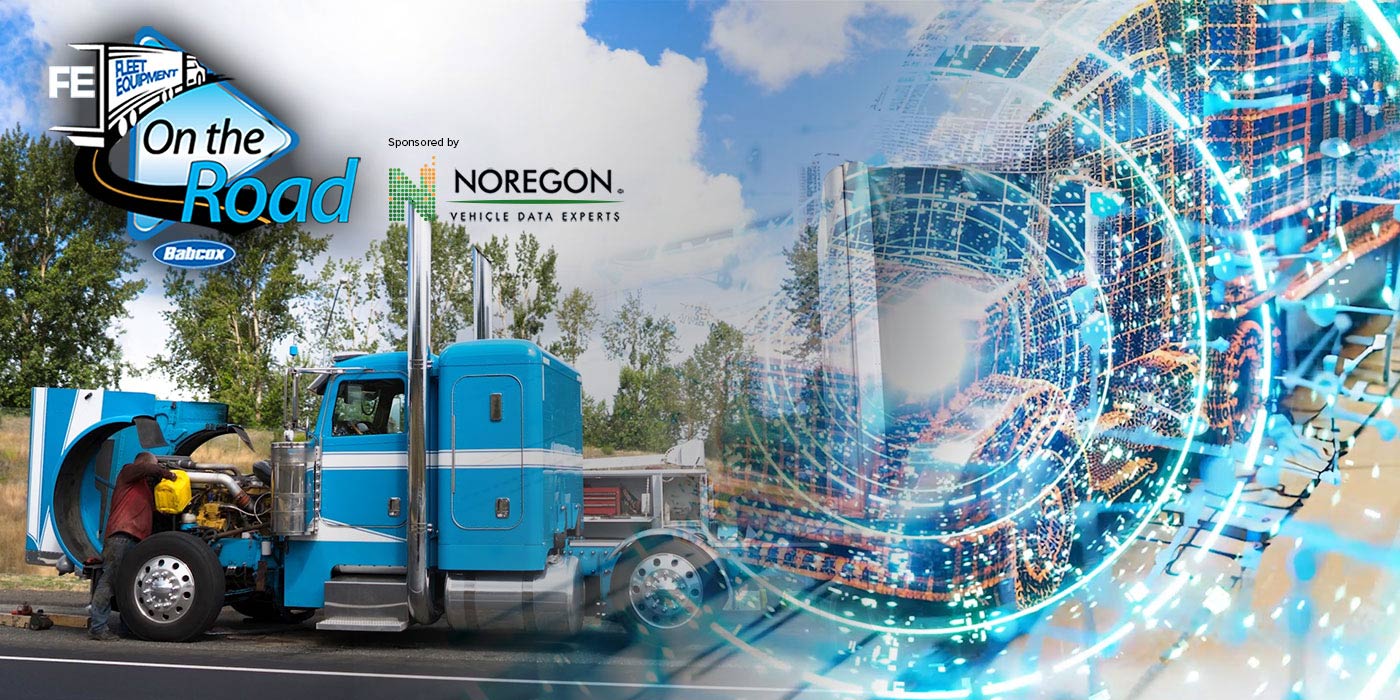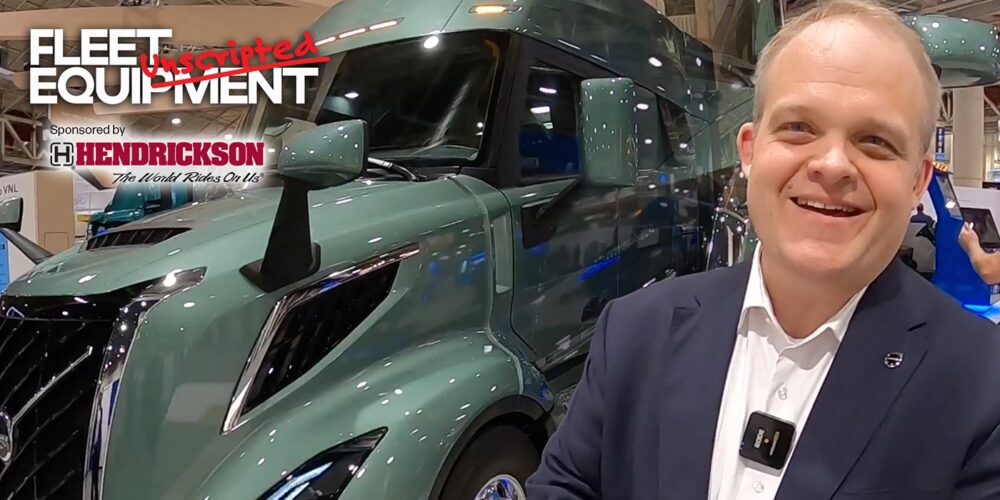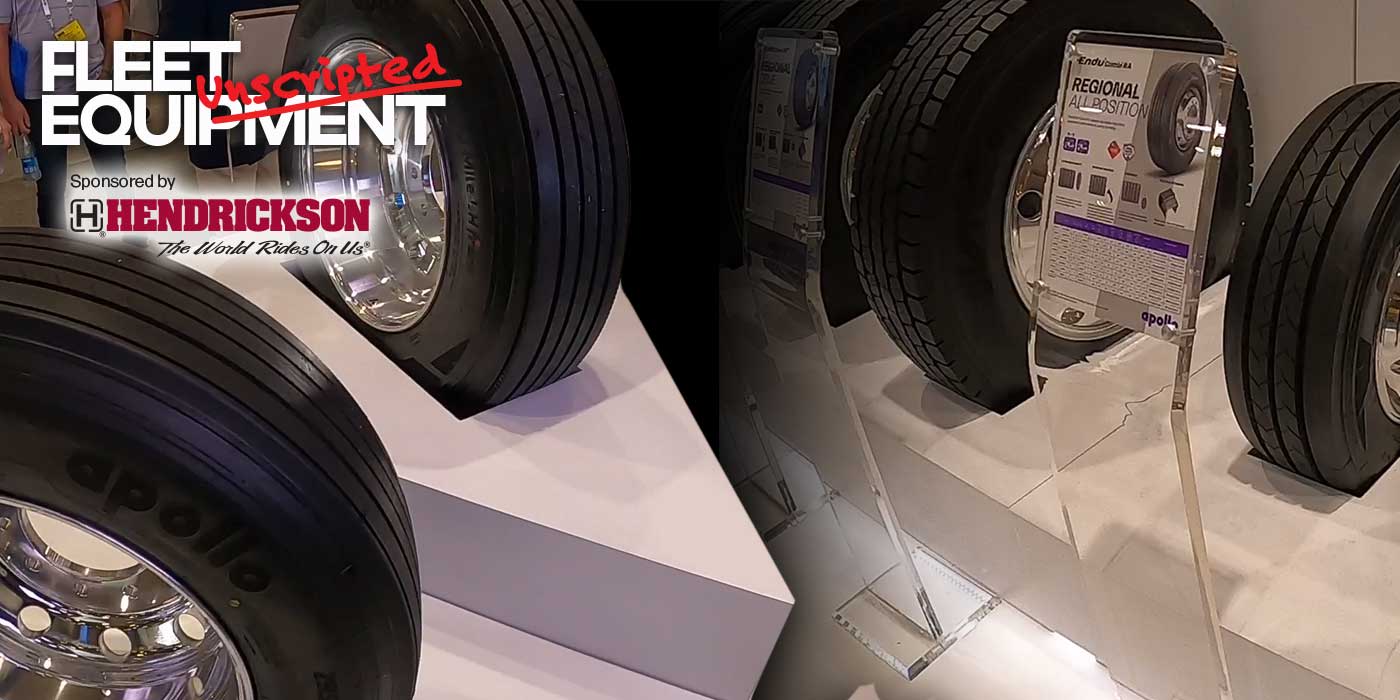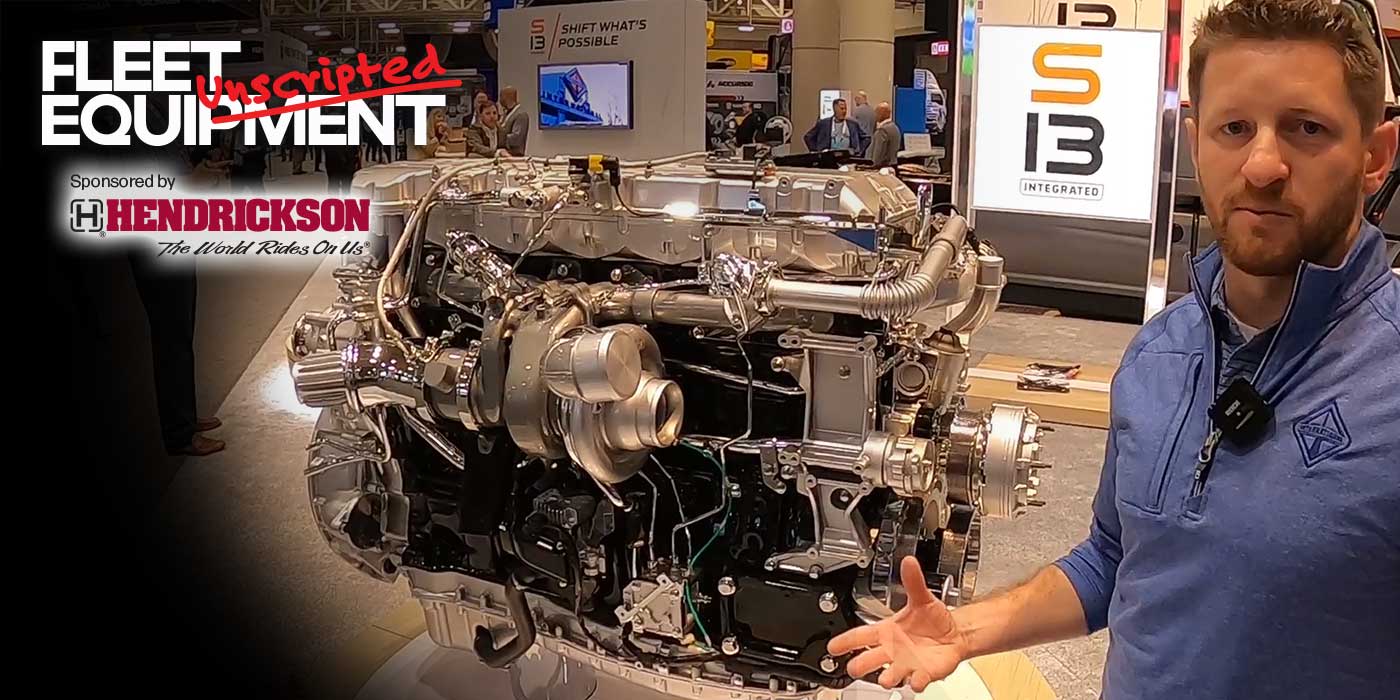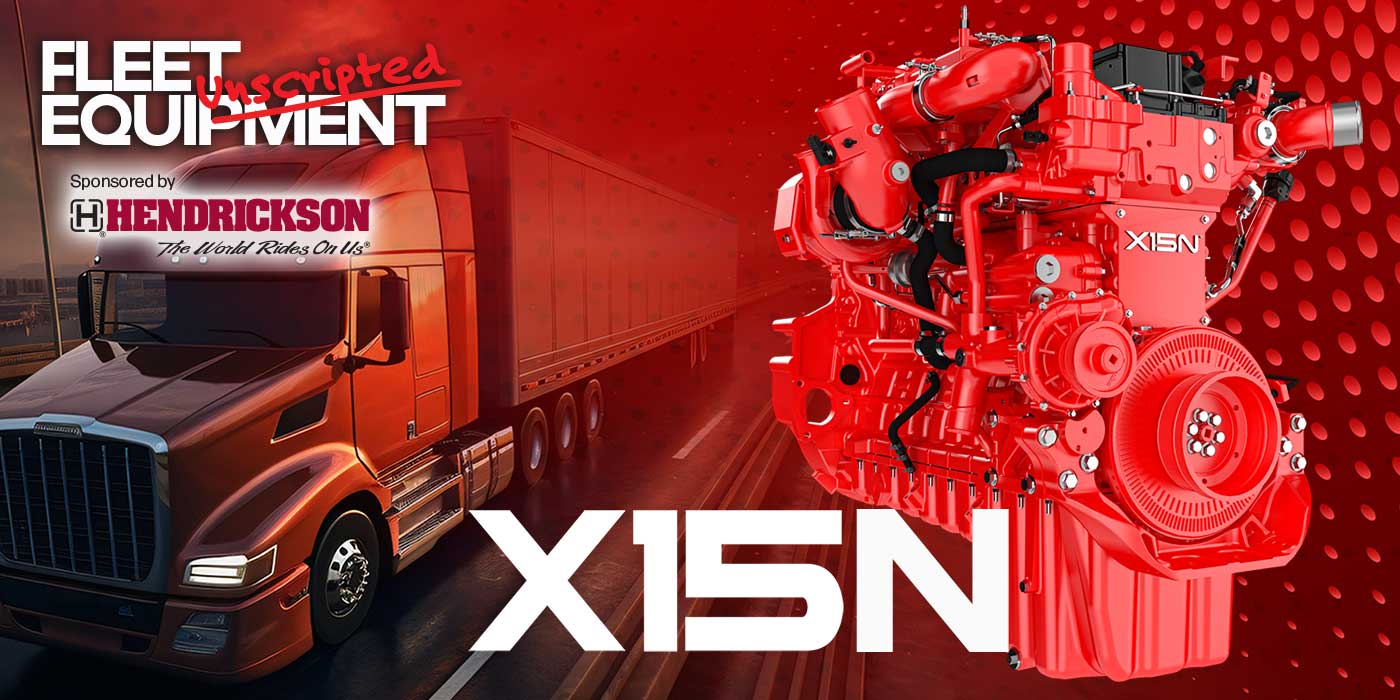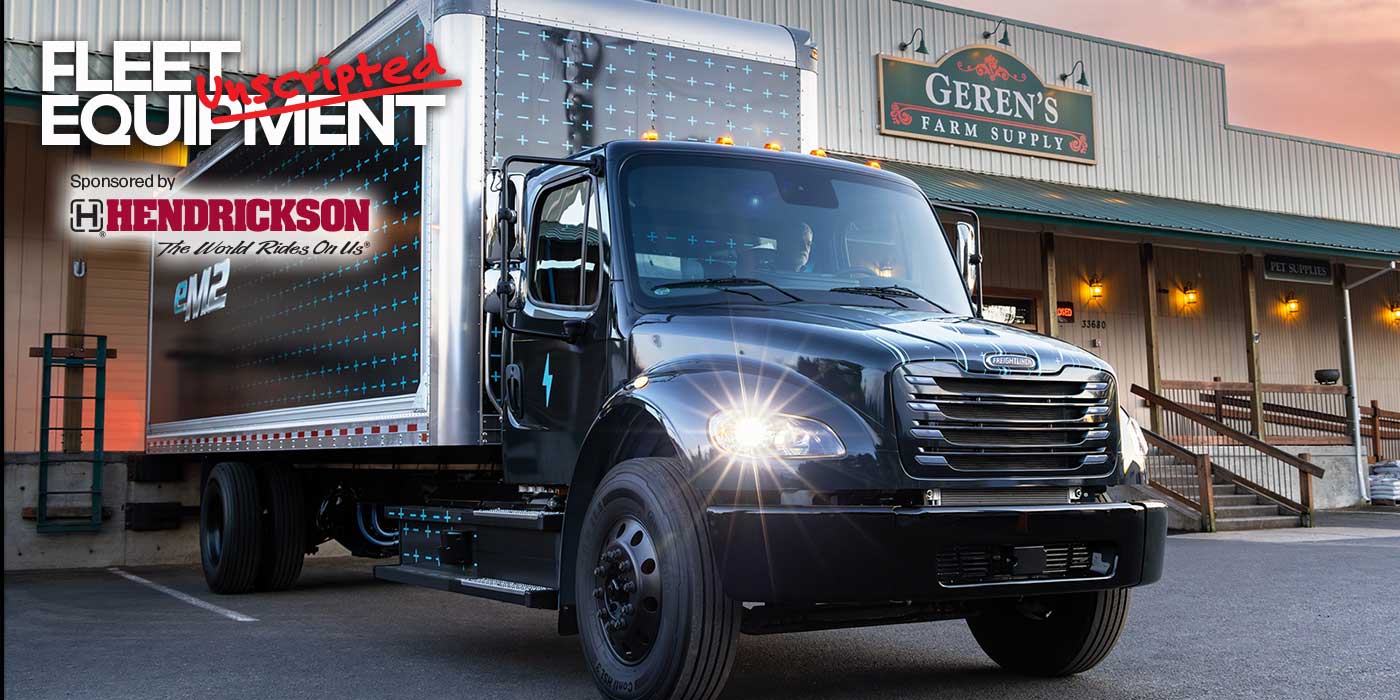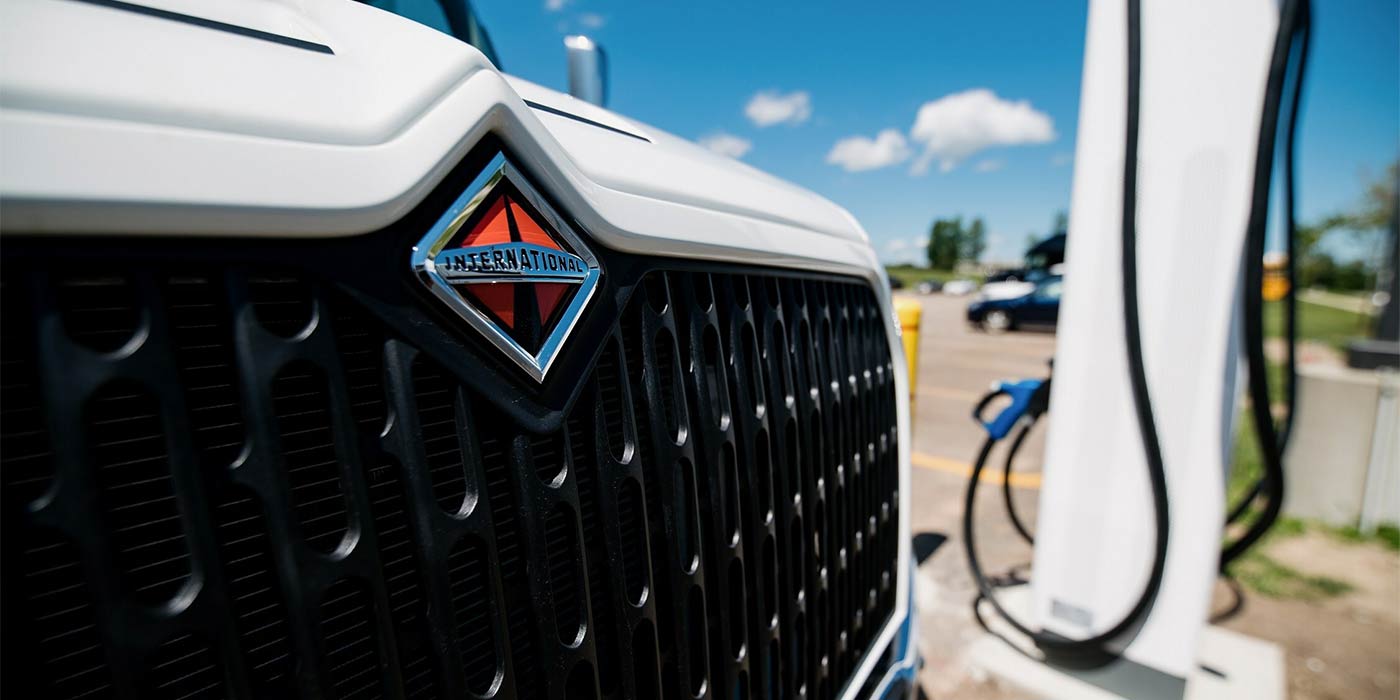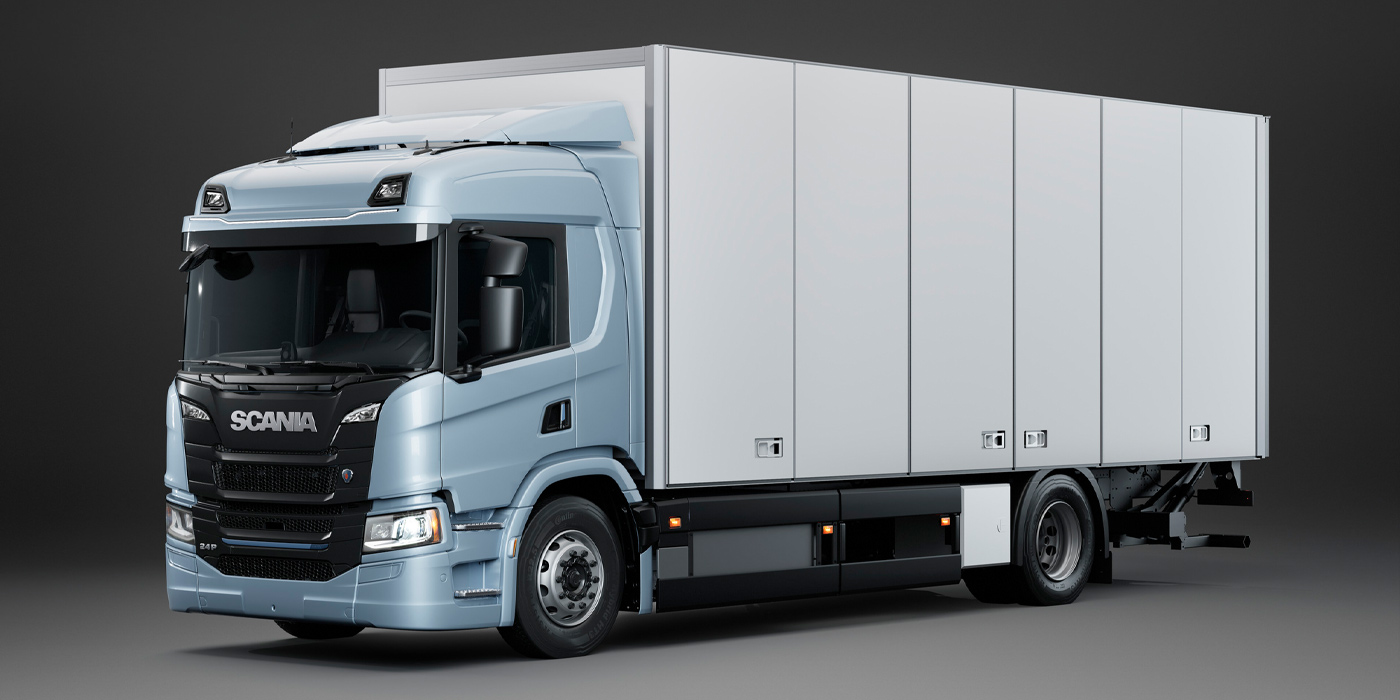The conversation around charging infrastructure in early the days of commercial EV adoption has revolved around infrastructure investments made by fleets to support their EV efforts, but as the scope of commercial vehicle decarbonization grows, so too does the conversation about the need for public charging infrastructure. Or to put it bluntly: A fleet alone can’t single-handedly change the world. We’re going to need to work together.
When looking at the current landscape of public charging for medium- and heavy-duty vehicles, the reality is simple: There’s not enough. That’s according to Tesi Bravo, deputy director at EnergIIZE.
“If we think about fleet duty cycles, we have routes for vehicles that need to charge in route–public charging is important to get those vehicles moving,” Bravo said, and then noted that the EnergIIZE estimates that 25% to 30% of all charging infrastructure projects are public. While that seems like a large percentage, only 120 projects have been funded. “We’re going to need more,” she said.
Not only that, but we’re going to need more charging locations that are specifically designed for medium- and heavy-duty trucks, which presents unique hurdles. A significant consideration is location. As Bravo highlighted: “You need a lot of square footage.” Larger commercial vehicles require extremely different site designs compared to smaller or light-duty vehicles. Look at current travel centers across the country as an example: There are dedicated lanes for truck refueling because of the size and refueling time. Bravo also stressed that the ability to provide chargers that are fast enough in locations that cater to these larger vehicles is essential to grow mainstream adoption.
Enter a big opportunity: business-to-business charging. That means fleets share their charging facilities with others, enabling them to offset costs and maximize infrastructure usage. “If I’m a fleet and I buy a bunch of high-powered DC chargers and I’m behind a gate, if I don’t have vehicles on those chargers—could I share those chargers with another small business?” Bravo asked.
Watch the video above for the full conversation that seeks answers to that question and looks at other opportunities that the need for public commercial vehicle charging infrastructure presents.

No script? No plan? No problem. Welcome to Fleet Equipment Unscripted—the video interview series that connects you with the greatest minds in the heavy-duty trucking world. Fleet Equipment Unscripted is sponsored by Hendrickson.



